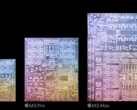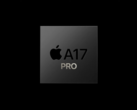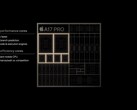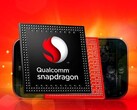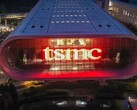It has been a while since Apple has been stuck on TSMC's 5 nm family for its smartphone SoCs. The transition would have happened earlier if N3 commenced as per schedule. Nonetheless, Apple has finally unveiled its first-ever 3 nm smartphone SoC, the A17 Pro (and not A17 Bionic as previously thought). It comes a few days after MediaTek taped out its first 3 nm AP.
Earlier leaks said the A17 Pro keeps its predecessor's hexacore design with two performance and four efficiency cores. Apple has confirmed said rumours but didn't divulge any information about its clocks, only stating it is 10% faster than its predecessor (and not 47%). It ups the transistor count from 16 billion on the A16 Bionic to 19 billion, which is expected from a major node shift.
The A17 Pro uses a six-core GPU that supports hardware-assisted raytracing. Strictly speaking, the feature has been around on Qualcomm and MediaTek chips for a while. That said, Apple has taken it to another level by announcing that Resident Evil Village, Resident Evil 4, Death Stranding, and Assassin's Creed Mirage will be playable on the iPhone 15 Pro and iPhone 15 Pro Max next year. On top of that, the GPU is 20% more power-efficient than its predecessor.
Other Apple A17 Pro specs include a ProRes engine, AV1 decoding, and a 12-core neural engine for AI-related tasks. USB 3.0 (10 Gbps) support is also included, opening up many new possibilities for the newly added USB-C port. The new GPU plus connector has the potential to turn an iPhone 15 Pro/Pro Max into a formidable gaming machine when connected to an external display.






